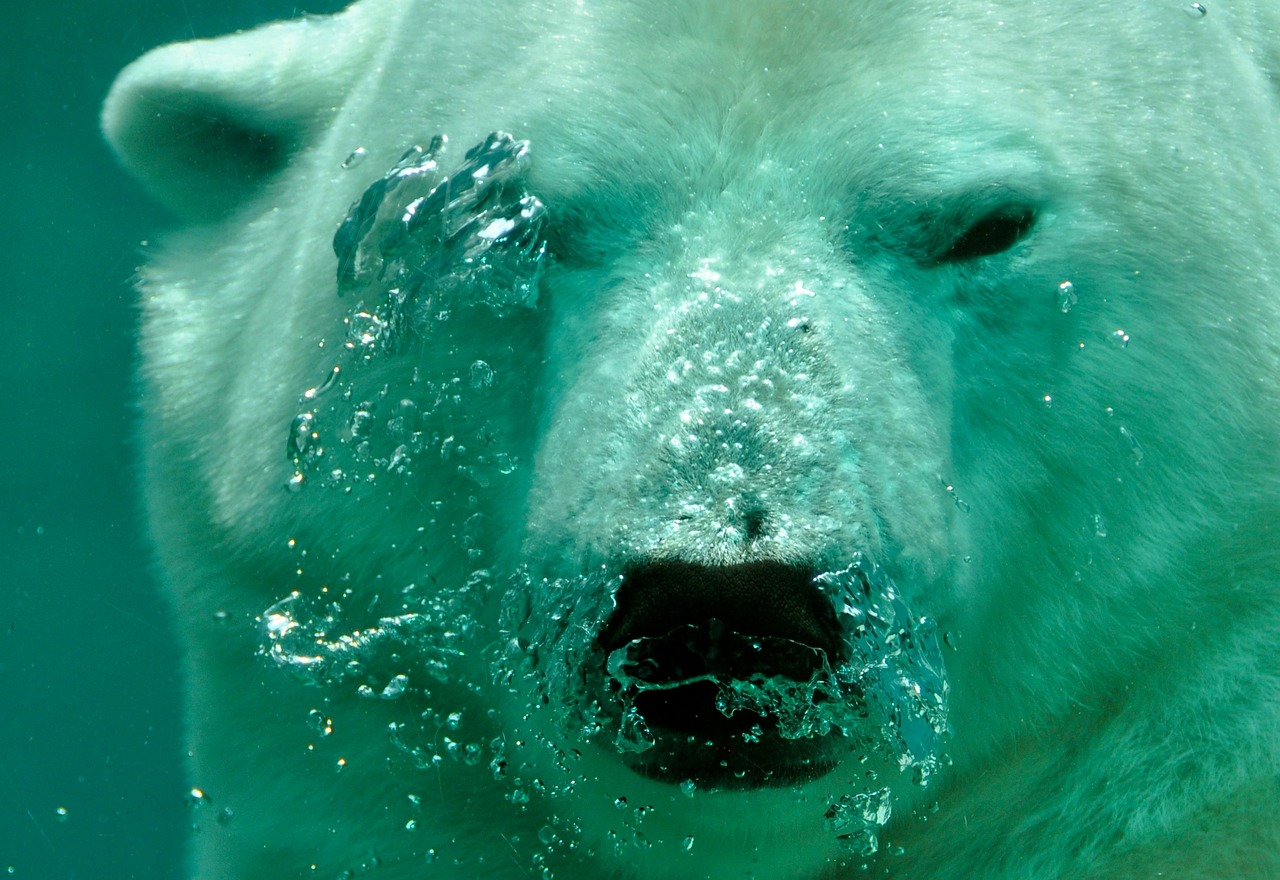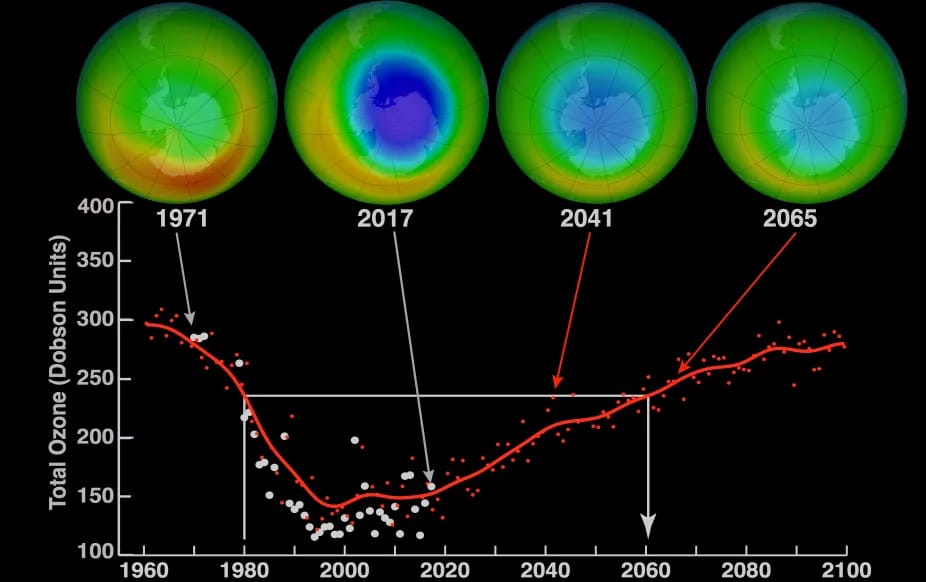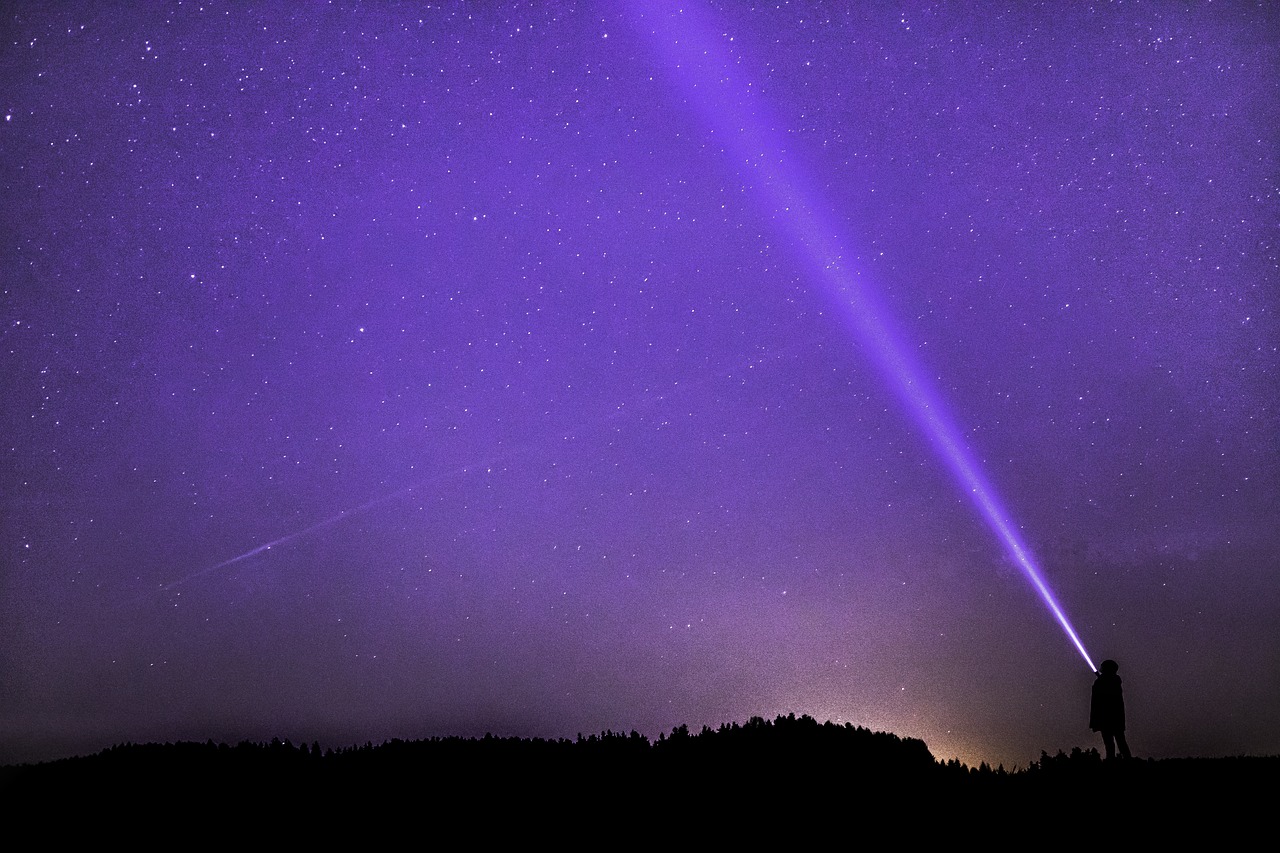FROM EXISTENCE TO EXTINCTION
Episode 4:THE LEGACY OF POLAR BEARS

Most of us have never seen a polar bear or witnessed its glorious walk on sparkling sheets of ice; we have just heard stories.
Categorized as marine mammals by scientists, polar bears are the largest existing bear species on the earth's surface. They are considered the Arctic's top predators as they can smell their prey up to 32 km away, but their primary expertise is swimming due to the long distances they travel and the high speed of their travel.
Polar bears are known as the symbol of strength and resilience of the Arctic and help maintain the balance of the ecosystem through their eating habits. Staying at the top of the food chain, polar bears help balance the food web by hunting seals, beluga whales, and other prey. Without polar bears, the seal population would increase, which could threaten the populations of fish and crustaceans. Polar bears also aid the ecosystem with their mere existence. Scientists believe that the health of the polar bear population indicates the health of the entire ecosystem; hence, unhealthy polar bears mean trouble for the whole ecosystem.
But it is no mystery that polar bears will not stay with us for long. Today, approximately 26,000 polar bears live on the earth's surface; however, it is predicted that two-thirds of this population will be gone by 2050.
Human beings are largely responsible for the extinction of polar bears. Enhanced global warming—a consequence of human development and negligence towards the environment—has caused the Arctic to heat up at astonishing rates, shrinking the ice by 14% per decade.
This melting ice causes numerous problems for polar bears. They rely on sea ice to hunt, rest, and breed. As this sea ice melts, polar bears have fewer chances to hunt, resulting in them traveling longer distances and losing weight. Moreover, the seal population (the main prey of polar bears) also experiences growth issues as melting sea ice disables them from raising their young ones, hence reducing food sources for polar bears. This food shortage also results in fewer energy stores during summer and fall when food is scarce.
Malnutrition among polar bears can negatively affect their future generations. Weak bears may lead to lower reproduction rates or even extinction. Scientists have found that the leading cause of death for cubs is nursing mothers.
The Arctic is also home to some of the earth's most prominent oil supplies, and offshore petroleum installations and operations in the Arctic are expected to increase in number. This is likely to reduce insulation among polar bears by damaging their fur and causing poisoning from ingesting oil and consuming contaminated food sources.
In recent years, polar bear-human conflicts have also gained significance. Polar bears spend more time in open waters and hence get attracted to the scent of human communities. This encounter poses a major risk to human lives and property. Subsequently, it may also lead to bear injuries and deaths as arms are used to control them.
It is late, but many global organizations have started working in favor of the Arctic’s giant predator. The World Wildlife Fund (WWF), for example, consistently monitors the activities of polar bears to understand the impact of possible threats. WWF also ensures that industrialization in the Arctic region is sustainable. Additionally, attempts are also being made by WWF, in collaboration with other organizations, to protect zones for polar bears, such as the Arctic National Wildlife Refuge.
Polar bears are protected under the Marine Mammal Protection Act (MMPA) and were listed as a threatened species under the Endangered Species Act (ESA) in 2008. This act protects polar bears from unauthorized hunting and capturing and sets rules for travelers who visit their habitat.
Although measures have been taken to protect polar bears, they are rarely fruitful as melting ice continues. Thus, saving the polar bears depends on the world's shift to sustainable activities.
It may be uncertain, but we may have to bid our farewell.
Similar Post You May Like
-

CFCs, HFCs and their long, troubled history
At its peak, the ozone hole covered an area 7 times larger than the size of Europe, around 29.9 million km2, and was rapidly expanding
-

The Origin of Universe: Deciding point where it all began!
Let us unravel and surf through the ideas throughout ages to understand what the universe and its origin itself was to its inhabitants across history.
-

The Artemis Program
Inspired by the Greek goddess of the Moon, twin sister to Apollo, the artimis program was named on 14 May 2019 by Jim Bridenstine.






